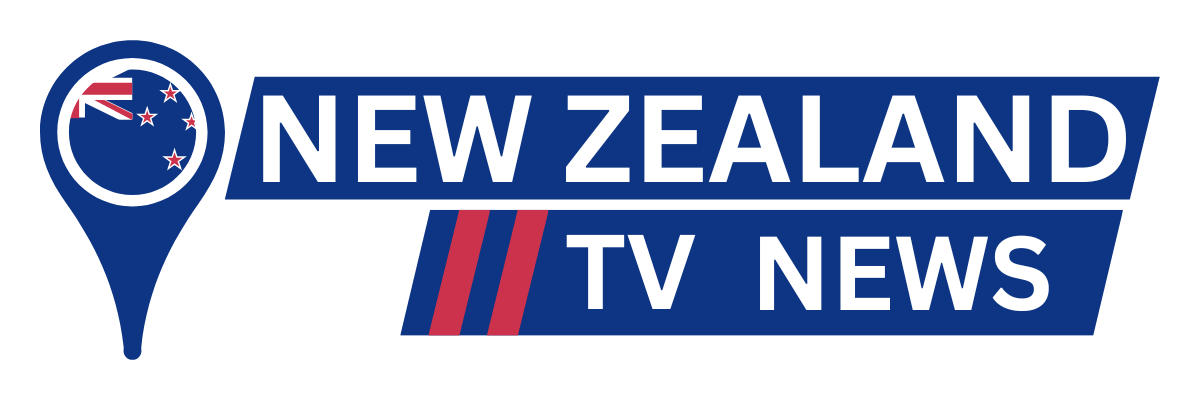Often overlooked in this week’s blockbuster announcement is the specific mention of Nvidia as OpenAI’s “preferred compute and networking partner.” This second part of the title is a game-changer, as the success of a 10-gigawatt AI supercomputer depends as much on the network connecting the processors as it does on the processors themselves.
In a massive AI training system, thousands of GPUs must communicate with each other constantly, sharing immense amounts of data at blistering speeds. If the network is a bottleneck, the powerful GPUs will sit idle, waiting for data. The performance of the entire system is therefore limited by the speed and efficiency of this networking fabric.
By making Nvidia its preferred networking partner, OpenAI gains access to the company’s specialized, high-performance networking technologies. This ensures that the entire system, from the chip to the switch to the cable, is designed as a single, cohesive unit, eliminating the bottlenecks that can plague systems built from multi-vendor components.
This deep integration is critical for both performance and efficiency. A tightly coupled compute and networking architecture allows for faster model training, which accelerates the pace of research. It also reduces wasted energy and computational cycles, making the massive 10-gigawatt infrastructure more economically and environmentally sustainable.
While the GPUs get the glory, the networking nexus is the unsung hero of any supercomputer. This clause in the agreement shows a sophisticated understanding of this reality and is one of the key technical advantages that this partnership confers upon OpenAI in its quest for super-intelligence.
The Networking Nexus: Why the “Preferred Networking Partner” Clause is a Game-Changer
Date:
Picture Credit: www.heute.at
